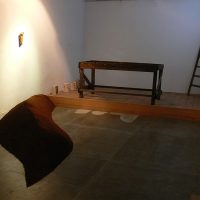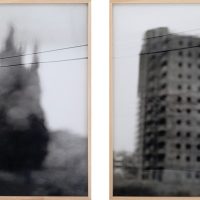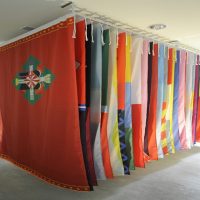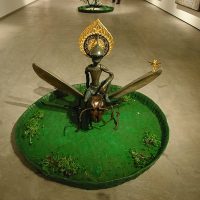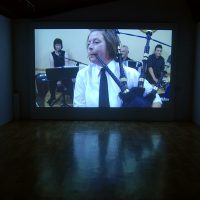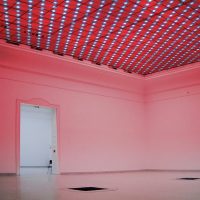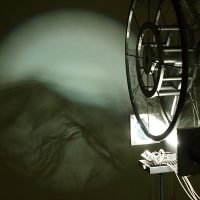Thanks to the geopolitical status of the island, its artists are typically interested in language, position, identity, migration, local and global economy, and the possibilities of expressing tradition in the present. All this bears a remarkable resemblance to Hungary’s attempts in the past few decades at finding its place in Europe, which, it is our hope, will contribute to a sensitive reception of the exhibitions.
The videos, installations and photos of the young and middle generations of Taiwanese artists provide the core of both impressive and spectacular displays, whose probably most important goal is to show the features that distinguish this art from that of the region, particularly China and Japan. If all goes well, the viewer will come away with a solid impression of what the art of Taiwan is like.
Staged in Ludwig Museum, Elusive Island presents the reflections of successive generations of artist born after World War Two, who look at those issues of history, society, ethnicity, politics and culture which exercise Taiwan’s heterogeneous society today.
In Mucsarnok, The phantom of liberty focuses on those works that have evidently defined Taiwanese contemporary art for the past few decades: socially critical and eager on self-definition, they are also sensitive and spectacular, and feature very interesting formal solutions.
Some artists display an obvious influence of Oriental philosophy and tradition. Wang Ya-hui, of the youngest generation, surprises with her respect for the past in a highly emotional video which she shot in her grandparents’ house, and which follows a small cloud through the rooms.
In search of points of reference, several artists turn to the culture of the past or the society of the present. A good example is Chen Kai Huang’s meaningful and smart computer animation, which imagines what the map of the world would look like should Taiwan lie elsewhere, and more importantly, should it be significantly larger.
Other artists try to define their artistic and social identity through (self-)analysis or the raising of issues and dilemmas. Chou Yu-cheng abstracts everyday symbols – the star motif, the blue of the Kuomitang’s emblem, the red of the Chinese flag – and turns them into elements of design. His installation is both gloomy and vigorous, both youthful and laden with symbols, just like the country which wants to enjoy all benefits of a free economy while experiencing the immense weight of historical affiliations.
“One of the distinctive features of Taiwanese art is that it emerged amidst the conflicts and unbroken development of economy to become, with its laid-back search for new ways and an approach that acknowledges the past, a definitive value and characteristic manifestation of the East-Asian region. Its philosophical content and technical ingenuity are not solely responsible for its profundity: there is also an emotional quality that is universal and accessible, despite all linguistic difficulties.” (Zsolt Petrányi)
